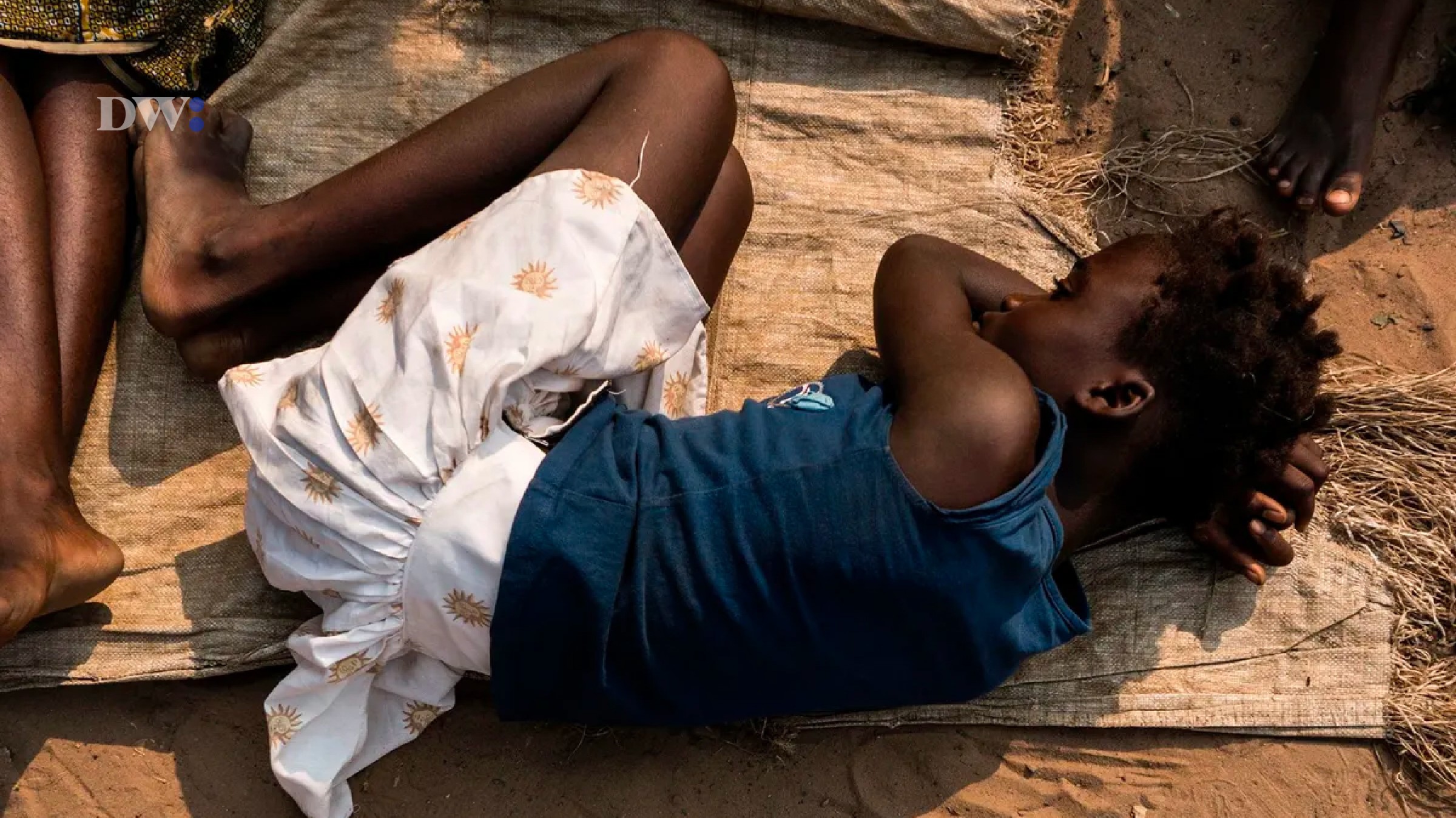In the latter months of 2023, the Democratic Republic of the Congo (DRC; the Congo) experienced an increase in violence. Clashes between militant groups over territory and natural resources, extrajudicial killings by security forces, political violence, and rising tensions with neighbouring countries have all contributed to high civilian casualties and displacement rates.
Conflict in eastern DRC has killed approximately six million people since 1996. The First Congo War (1996-1997) began in the aftermath of the 1994 Rwandan Genocide, in which ethnic Hutu extremists killed an estimated one million minority ethnic Tutsis and moderate Hutus in Rwanda (DRC’s eastern neighbour).
The March 23 Movement (M23), comprised primarily of ethnic Tutsis, was one of the most visible rebel groups to emerge in the early 2000s. M23 became an undeniable force in eastern DRC between 2012 and 2013, and Kinshasa accused Kigali of supporting the group. In 2013, the UN Security Council authorised the deployment of a rare offensive brigade under the authority of the UN Organisation Stabilisation Mission in the Democratic Republic of the Congo (MONUSCO) to assist the Congolese army in its fight against M23. MONUSCO successfully assisted the Congolese army, and M23 ended its initial campaign in 2013. Evidence of Rwanda’s support for M23 harmed the Kigali-Kinshasa relationship for good.
Tensions between the DRC and Rwanda rose again in 2022. M23 rebels resurfaced after a five-year hiatus and took control of large parts of North Kivu province by July 2023. Kinshasa accused Kigali of funding and supporting M23’s resurgence, which the African Union, European Union, and the United States backed up. The increasing violence, mass displacement, and proximity of armed groups to communities have given rise to an alarming increase in cases of child-killing, maiming, and abduction. At least 1.5 million people have been forced to flee for their lives in eastern DRC, displacing them from their homes, livelihoods, and communities, and displacing children from their schools. In eastern DRC, there are 6.1 million displaced people.
According to the most recent data, the number of verified grave violations against children increased by 41% in the first half of 2023 compared to the same period the previous year. According to the June 2023 Children and Armed Conflict – Report of the Secretary-General, there were 3,377 grave violations against 2,420 children in 2022.
In the first six months of the year, the recruitment and use of children in armed groups increased by 45 per cent. In 2022, 1,545 children, some as young as five, were confirmed to have been recruited and used by armed groups. The number of children killed or maimed increased by 32 per cent in the same period, compared to 699 cases the previous year.
Rape and other forms of sexual violence against children, as well as child abduction, are on the rise. In both 2021 and 2022, the Democratic Republic of the Congo had the highest number of verified cases of sexual violence against children committed by armed forces and armed groups in the world. Also, 730 children were reportedly kidnapped in 2022 alone. This is said to be the highest number of abductions ever verified by the UN in the DRC.
Since the beginning of the year, UNICEF has provided more than 100,000 children with mental health and psychosocial support services, as well as assistance to more than 6,300 survivors of gender-based violence. Despite this, UNICEF has received only 11 per cent of the funds required for its child protection response in eastern DRC under UNICEF’s emergency appeal, implying that most needs remain unmet.
The Democratic Republic of the Congo (DRC) is home to nearly 7 million internally displaced people as a result of the threat of violence and atrocities, extreme poverty, and mining expansion. The displaced population requires immediate security assistance, medical care, and other humanitarian assistance.

Leave a Reply